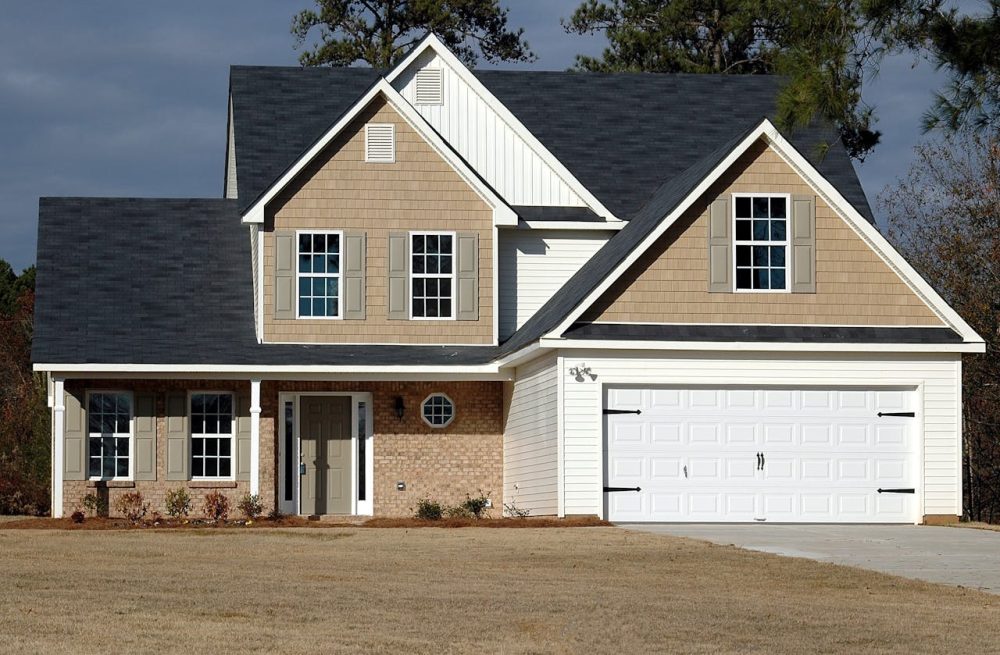Multiple outlets have come out with the story that millennials aren’t in a hurry to get married, and if you are one yourself, you must relate. Why then, is the size of the American household on the rise? This is something that last happened over a century ago, and with the current landscape in the States, it can’t go unnoticed.

Millennials are in no hurry to get married
As it turns out, millennials are also responsible for the rise. With the tough economic times, most of them can’t afford to live alone. Instead, they choose to live in groups of whatever multiples that suit them. No wonder you see roommate advertisements left, right, and center. Pooling resources translates into an improved standard of living for all parties involved, doesn’t it?
A Change at Last
The household size in the United States decreased to 2.58 people (from 5.79) between 1790 and 2010, as census data reveals. However, the trend changed in 2018 when an increase ( to 2.63 people in each household) was recorded for the first time in 169 years. The Pew Research Center carried out the analysis, noting down their findings.
And although data showed the increase in diverse age groups, the bulk of it was in individuals aged at least 35. According to the American Psychological Association, millennials are people born between 1981 and 1996, making 35-year-olds fall squarely in this bracket.
As Richard Fry, one of the researchers opines, the previous decline was due to a marked decrease in the number of kids families were having, in addition to fewer households living with members of their extended family.
As for the uptick, Fry reveals that multigenerational households in the United States have increased to 20% in 2016 from 12% in 1980, translating to more people living under the same roof.

The Great Recession left many Americans sharing homes
The researcher also points to the Great Recession that left multiple Americans sharing homes, either with their parents or with outsourced roommates. Between 2007 and 2019, Fry says that shared households have shown an increase of 3%.
Older Millennials Had it Rough
He admits that the difficult economic times were especially hard on older millennials, seeing as they had to contend with student loans, wage stagnation, and an increased cost of living. Trends in the housing market weren’t doing them any favors either, making the American dream seem like a figment of their imagination.
The Pew report supports previously existing material on the same, with The Atlantic’s Allie Volpe having already reported on the increase of the number of Americans with roommates in the 18-34 age bracket.
Country Financial had also released a statement revealing that a significant portion of millennials still live under their parents’ roof, with the actual figure being around 35%. Although the size of the American household was not their main concern, their statement supports findings reported by the research center.

35% of millennials still live with their parents
Communal living has also been on the rise in major urban centers such as San Francisco and the Big Apple, and the Business Insider reports that living as a group is becoming more of a necessity than an option for the American youth.
House rent and other related expenses are quickly becoming the very definition of “a problem shared is a problem half solved.”


